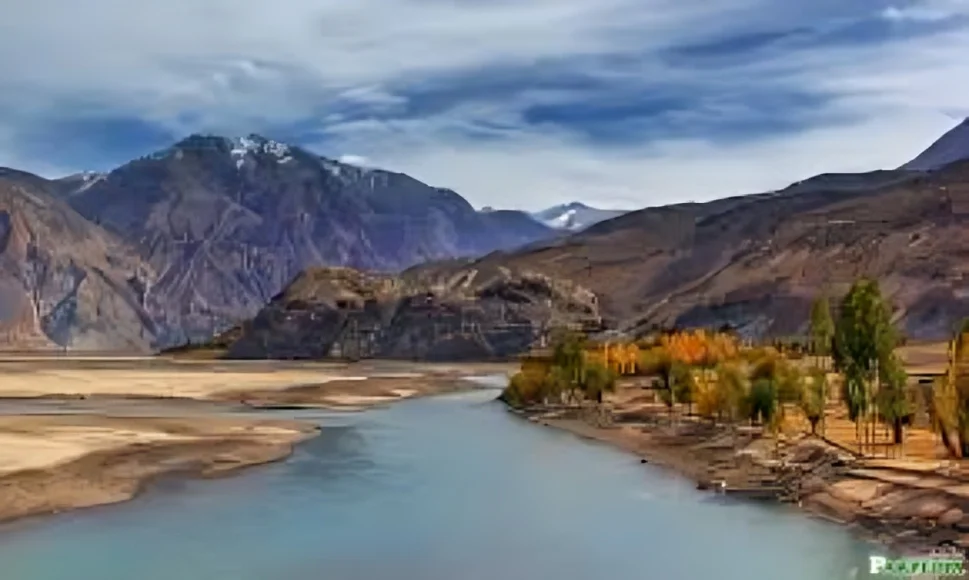Balochistan, Pakistan’s largest province by area, is often associated with rugged mountains, dry landscapes, and a lack of consistent rainfall. But despite its arid climate, Balochistan is home to several rivers that act as lifelines for agriculture, drinking water, and local biodiversity.
If you’ve ever wondered how many rivers flow in Balochistan, the answer is not as straightforward as it may seem.
Rivers in Balochistan
There are about 18 major rivers and seasonal streams in Balochistan. These rivers do not flow year-round like the Indus in Punjab and Sindh but are seasonal, mostly active during monsoon and winter rains.
Among these, the most notable rivers include:
- Hingol River
The Hingol River is the longest river in Balochistan, stretching over 350 kilometers. It flows through the Hingol National Park and eventually empties into the Arabian Sea. This river is vital for both wildlife and human settlements in the region. - Dasht River
Flowing through the Gwadar District, the Dasht River is a seasonal stream that supports local agriculture. It has been central to recent development projects near the Gwadar Port. - Rakshan River
The Rakshan originates near Panjgur and supports several towns before merging with the Mashkel River. It is vital for the western districts of Balochistan. - Porali River
Flowing through Khuzdar and Lasbela, the Porali River supports irrigation in some of the region’s agricultural belts. - Mula River
The Mula River, located in the central part of Balochistan, is used for small-scale farming and drinking water during the wet season.
Other rivers include the Baddo, Ankra, Bolan, Zhob, and Nari rivers. Most of these are seasonal rivers, also known as “nullahs,” which become active only after rainfall.
River Systems and Watersheds
Unlike Punjab and Sindh, Balochistan does not have perennial rivers. The rivers here fall into three main watershed systems:
- Indus Basin tributaries (like the Zhob River)
- Internal drainage systems (e.g., Rakshan, Mashkel)
- Coastal drainage systems (e.g., Hingol, Dasht, Porali)
Each system has its own unique importance depending on the geographical region of Balochistan.
Importance of Rivers in Balochistan
The rivers flowing through Balochistan are not just geographical features—they are critical to survival in this arid land.
- Agriculture: In districts like Lasbela, Khuzdar, and Panjgur, rivers are used to irrigate fields of wheat, dates, and vegetables.
- Drinking Water: In areas with no groundwater availability, surface water from rivers becomes the only source for local communities.
- Ecology: Rivers such as Hingol support rich biodiversity in places like Hingol National Park, home to endangered species and unique flora.
Challenges Faced by Balochistan’s Rivers
Despite their importance, rivers in Balochistan are under threat due to:
- Climate change, causing erratic rainfall patterns.
- Over-extraction of water for agriculture.
- Damming and diversion without proper environmental assessments.
- Neglect in development policies, focusing more on urban water systems while ignoring rural river infrastructure.
Read More: Islamabad Iconic Bookstore Bids Farewell After Years of Memories
So, how many rivers flow in Balochistan? The province has around 18 major seasonal rivers, with key rivers like Hingol, Dasht, Rakshan, Porali, and Mula playing crucial roles in supporting life in this dry region. These rivers may not flow year-round, but their value is undeniable.
With increasing focus on water scarcity in Pakistan, Balochistan’s rivers deserve more attention in national water policies, environmental conservation efforts, and sustainable development planning.









